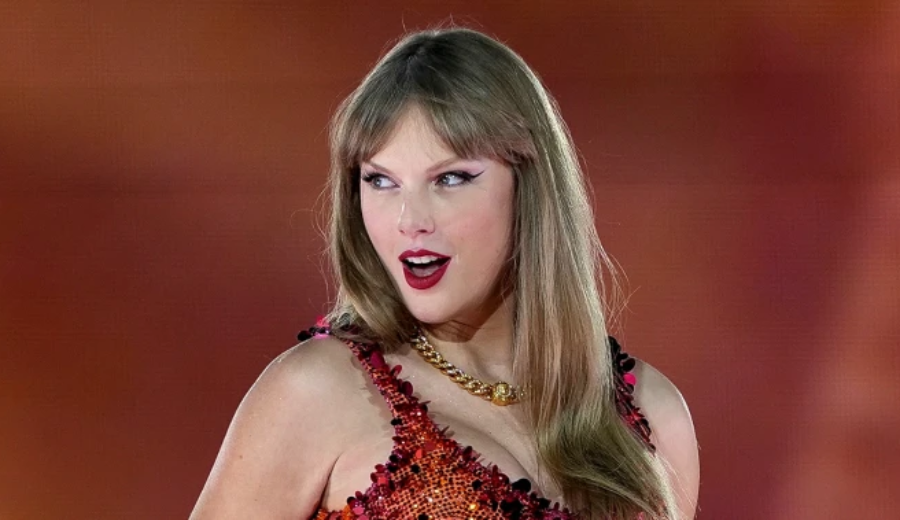The U.S. economy wrapped up 2024 on a positive note, achieving a 2.3% annualized GDP growth in the fourth quarter. This growth was largely fueled by a 4.2% jump in consumer spending, the highest increase since early 2023. Strong consumer activity played a crucial role in offsetting challenges such as a Boeing strike and decreased inventory investments.
However, the economic outlook for 2025 is marred by uncertainty. Recent tariffs imposed by President Donald Trump, dubbed “Liberation Day” tariffs, have raised concerns in the trade landscape. These tariffs, which establish a 10% baseline duty on imports from most countries (excluding Canada and Mexico) and apply higher rates to about 60 nations, have sparked considerable trade tensions. In response, a coalition of twelve states has launched a lawsuit, claiming these tariffs are “chaotic and illegal.”
As these developments unfold, S&P Global Ratings‘ chief economist, Paul Gruenwald, predicts the Federal Reserve may respond with up to five interest rate cuts in 2025 to mitigate the expected economic slowdown. This potential shift could significantly influence the financial landscape moving forward.
















